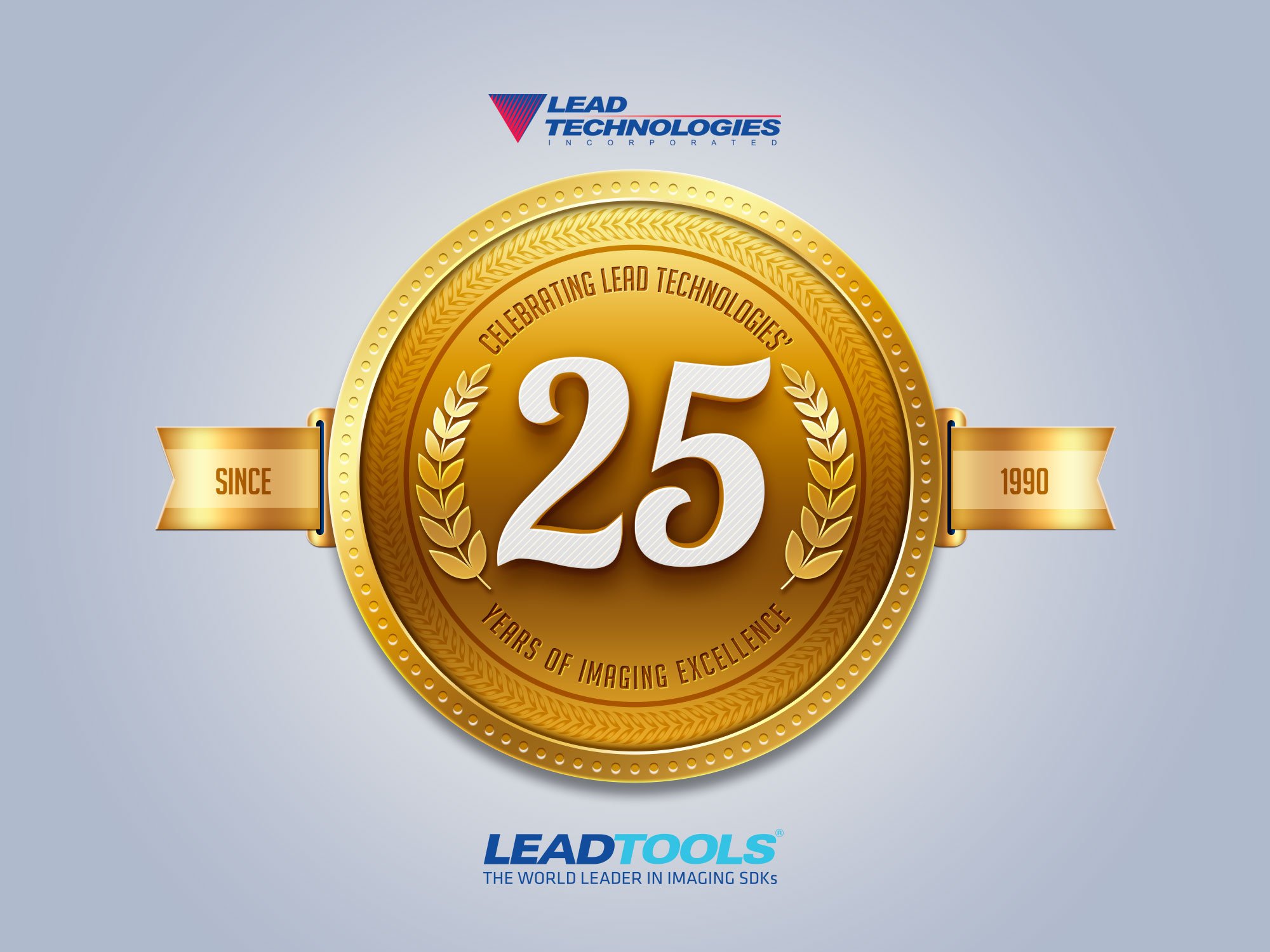
July is an awesome month. Not just because of America's Independence or the fact that it's National Ice Cream Month. Around here we are pretty excited because this July we are celebrating LEAD Technologies' 25th anniversary! And starting today, we invite everyone to celebrate along with us as we will be giving away cash, discounts and other prizes!
But first, the past 25 years cannot be properly celebrated without at least a little history lesson. In the summer of 1990, Moe Daher and Rich Little started a partnership called Compression Technology. Later that year, Arthur Evans and Jim Alexander, joined as angel investors and the company transformed into LEAD Technologies, Inc. The name "LEAD" was chosen as an acronym for each of their last names: Little, Evans, Alexander and Daher.
